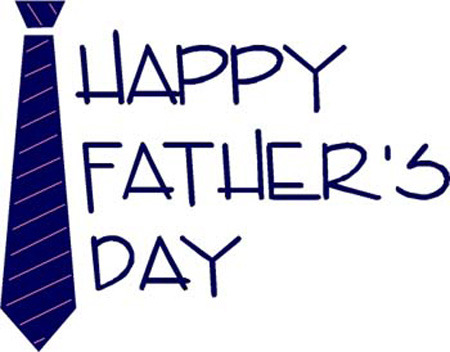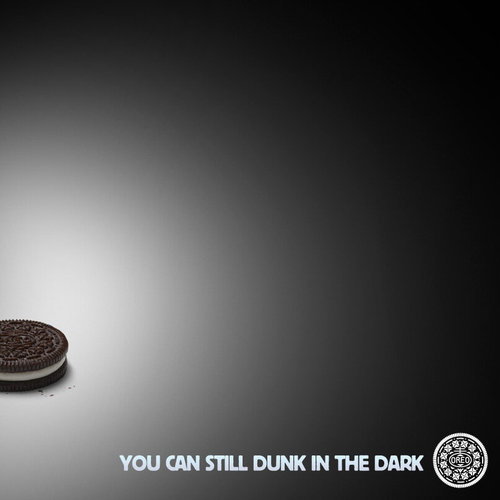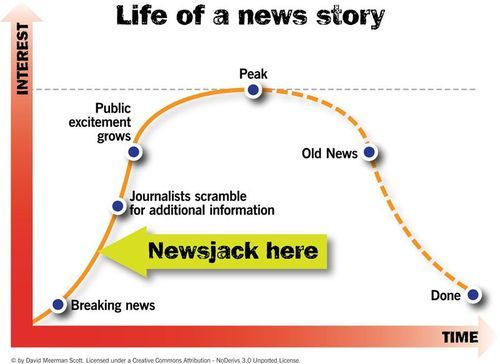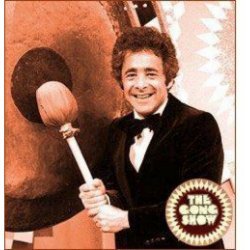
In the past two days, my perception of two brands changed for the better, even though things went wrong with both of them.
This week we are rapidly closing-in on two coincidental yet important events: Father’s Day and my annual family vacation. Usually before we leave for a week in the Carolinas, I stock up on a few things and invariably order items online. And with Father’s Day on the horizon, a lot of guy stuff is on sale. So here’s what I shopped for and why my perceptions changed.
One of my clients gave me a gift card from Dick’s Sporting Goods. I had never shopped there before as the nearest location is about an hour away, and I have literally no brand perception of Dick’s beyond hearing the company’s ads on sports radio. I decided to use the gift card to order a new tackle box. It arrived yesterday, in time for my trip, but it was missing some pieces (not sure why). I called Dick’s and without any fuss, the company agreed to send me another tackle box via overnight delivery. (I have to ship the incomplete one back but on Dick’s dime). Despite the fact that someone didn’t properly check my original order, Dick’s created a favorable impression with me because when I complained, they treated me right. I didn’t have to beg, raise my voice, ask to speak with a supervisor or otherwise “escalate” it to a higher authority. So guess what? Even though there isn’t a Dick’s Sporting Goods store within 30 miles of me, the next time I want to order golf equipment or other fishing gear, Dick’s will get the nod.
Also in advance of the trip, I made my annual “kicking and screaming” pilgrimage to buy “menswear” for work and off-days when I’m supposed to be presentable. Again, everything is on sale in advance of Father’s Day, and I have been regularly bombarded with ads from the oddly punctuated clothier JoS. A. Bank (turns out Joseph A. Bank Clothiers, Inc. is a NASDAQ-traded company that has been around since 1905 and has more than 600 locations. I had no idea). So I went to the store near my house and bought several dress shirts and a few pairs of pants. Said trousers were supposed to be hemmed before I left on vacation, but the store called a couple days ago and said the tailor had been sick and it would take a few extra days. I called them back and politely told the store manager that the delay was unacceptable as I would be leaving town in a few days and needed to wear pants. When pressed about the pants (ha), he agreed to have them done for me on time. When I stopped in to pick them up (they were ready with no further hassles), the manager was so nice and apologetic that I decided to do some additional shopping. Amazingly, I found a blue blazer that fit me right off the rack (which has never happened, ever – ever). The price was right and I bought it, but when the clerk took the coat into the back room to pack it up, he noticed a tiny hole where the shoulder met the sleeve of the coat – and he wouldn’t sell it to me. Frankly, I would have never noticed the itsy bitsy hole had he not pointed it out – Mrs. David would have, but not me. I tried-on another blazer but I couldn’t find one that fit as well as the original, pin-holed version. The charge was reversed and I left the store without a new coat, but with a whole new appreciation for JoS. A. Bank. I still don’t understand the name and how they abbreviate it, but I like the brand.
Muhammad Ali once said: “Only a man who knows what it is like to be defeated can reach down to the bottom of his soul and come up with the extra ounce of power it takes to win when the match is even.” How we handle adversity in customer service has as much to do with our brand’s success as the quality of our product and the nature of our message. I imagine the “The Greatest” would agree.
I wish everyone a great summer and a Happy Father’s Day to all the Dads out there. And if you are still looking for a last-minute gift, might I suggest Dick’s Sporting Goods or JoS. A. Bank.
Have you ever had a similar experience, when good customer service trumped a bad experience? Let me know.
—John
Author: John P. David






